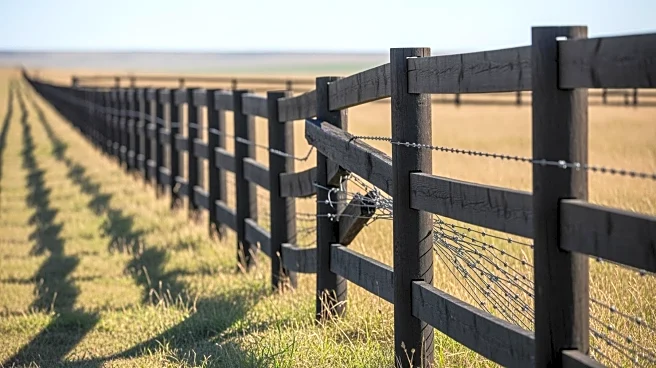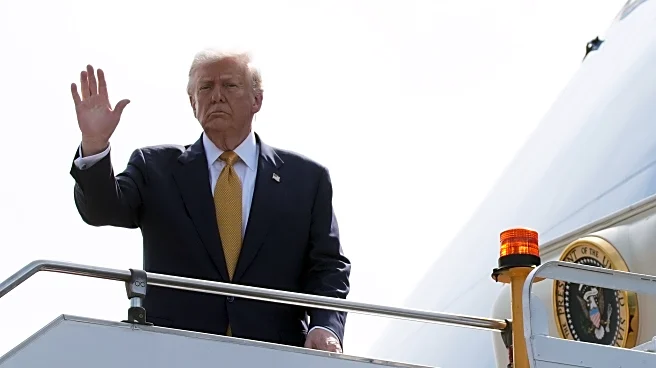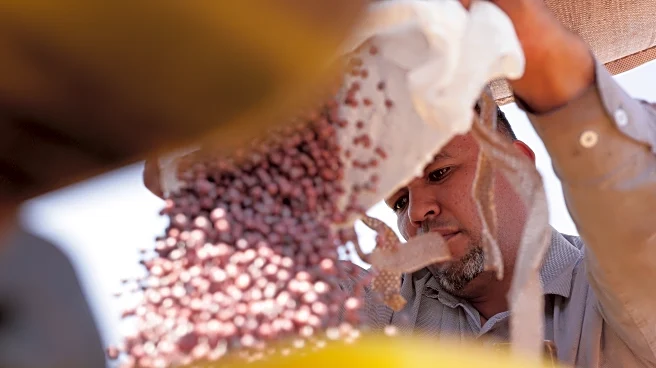What's Happening?
The U.S. cattle market is experiencing pressure due to potential increases in beef imports from Argentina and Brazil. Discussions about reopening the Mexican border for cattle imports have also contributed to concerns about domestic supply competition.
These developments come amid ongoing weather challenges, drought, and a long-term decline in the U.S. cattle herd, which have been key factors in driving up cattle prices. The market is also influenced by trade speculation, with recent talks suggesting that China may return to the U.S. market, potentially impacting soybean futures. These factors have created uncertainty in the cattle markets, leading to corrections in feeder and live cattle futures.
Why It's Important?
The potential increase in beef imports from Argentina and Brazil could significantly impact the U.S. cattle industry by increasing competition and affecting domestic prices. This situation is critical for U.S. cattle producers who are already dealing with challenges such as drought and herd decline. The uncertainty in trade policies and market conditions could lead to volatility in cattle prices, affecting the livelihoods of ranchers and the broader agricultural economy. Additionally, the possibility of China re-entering the U.S. market for soybeans could provide some relief to soybean producers, highlighting the interconnected nature of global trade and its impact on U.S. agriculture.
What's Next?
Stakeholders in the U.S. cattle industry will be closely monitoring trade discussions and policy decisions regarding beef imports. Any changes in tariffs or trade agreements could have immediate effects on market dynamics. Ranchers and agricultural economists will likely advocate for policies that protect domestic producers from excessive foreign competition. Additionally, the outcome of potential diplomatic meetings between U.S. and Chinese leaders could influence future trade relations and market conditions for soybeans and other commodities.















